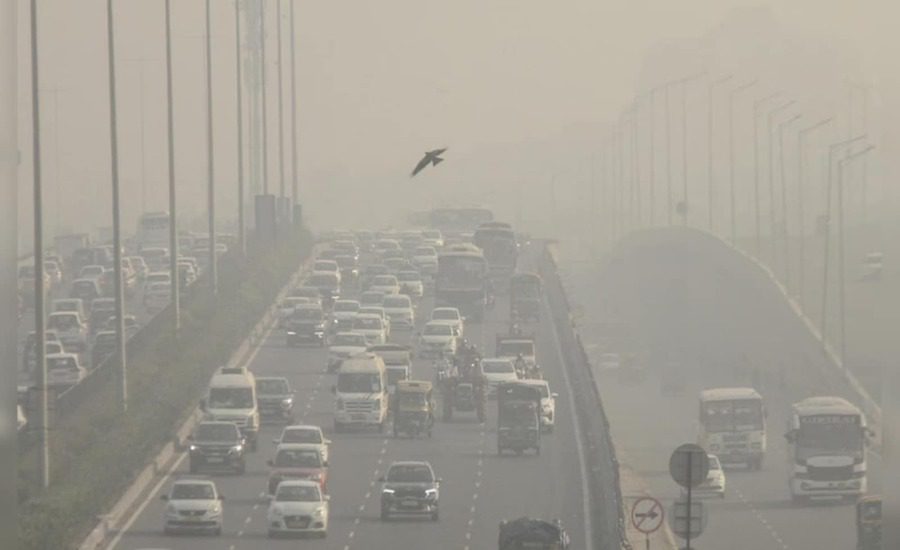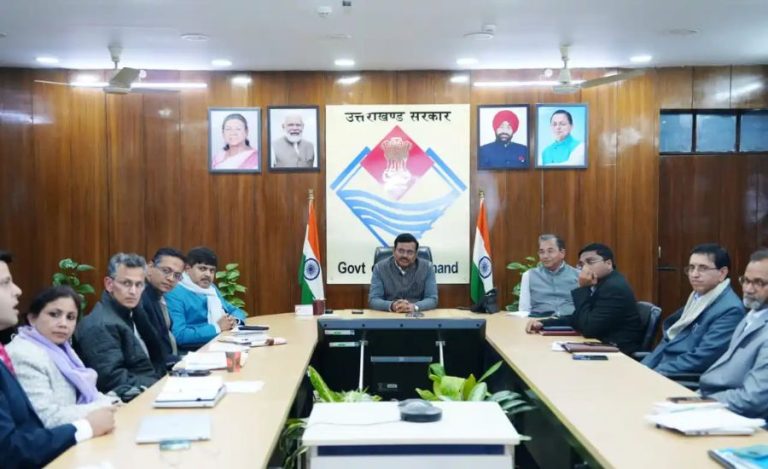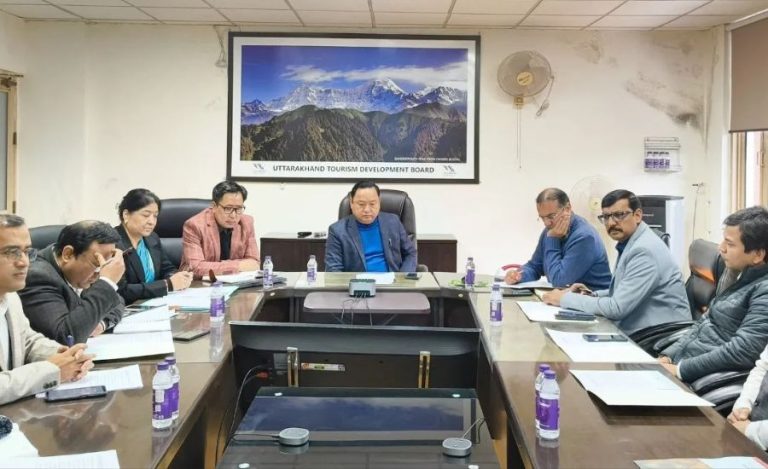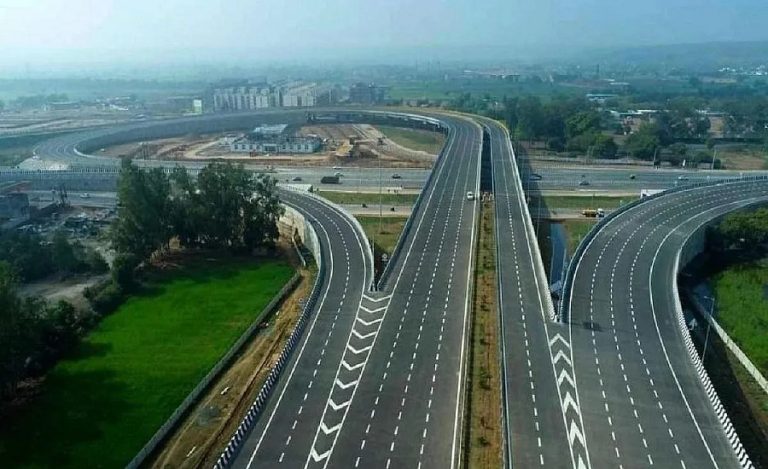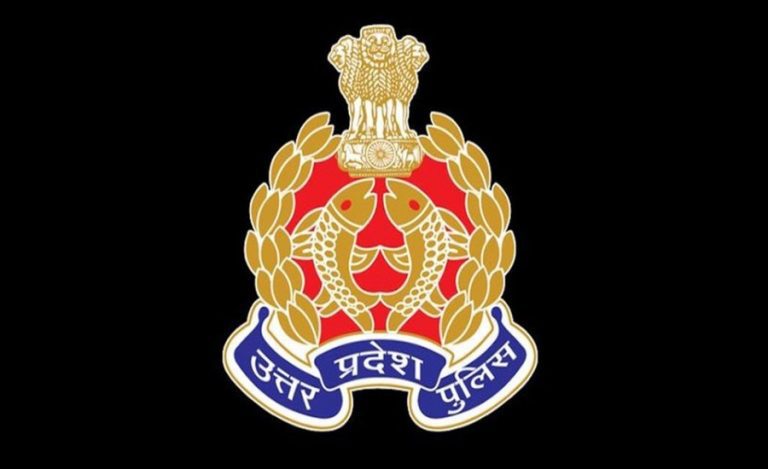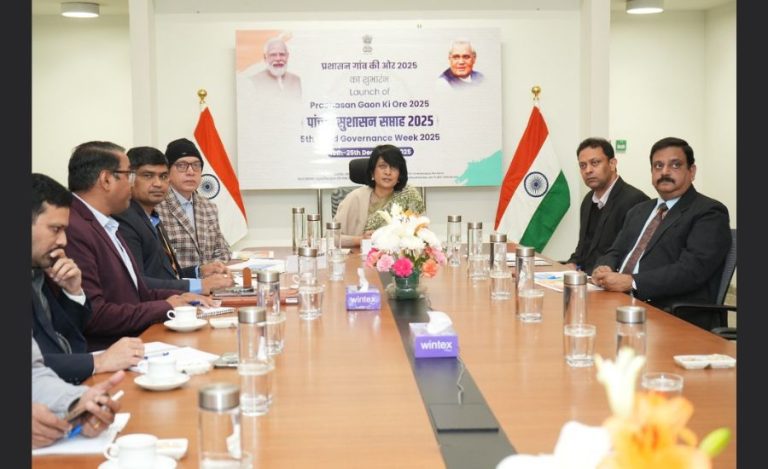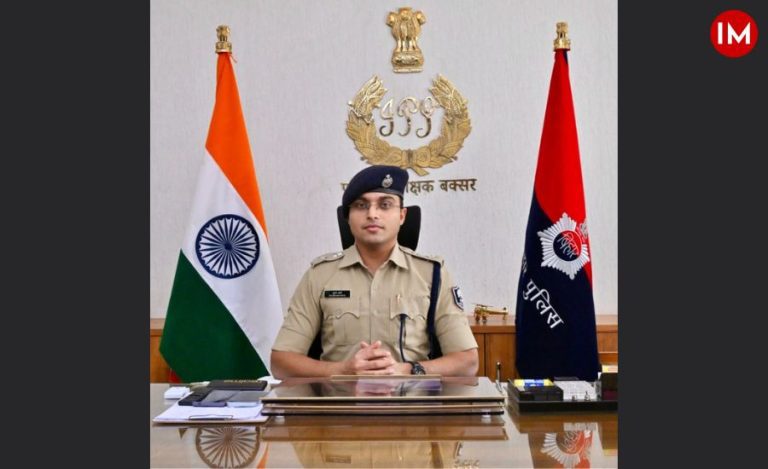New Delhi: The air in the Capital region has dramatically deteriorated. The average Air Quality Index (AQI) in Delhi soared to 425 on Tuesday morning, signalling a plunge into the “Severe” category.
In response, the Commission for Air Quality Management (CAQM) has invoked the 9-point action plan under Stage III of the extant Graded Response Action Plan (GRAP), with immediate effect across the entire National Capital Region (NCR).
This move signals a serious environmental warning — public health, transportation, industry and daily life will face strict controls.
Background of Stage III GRAP
AQI readings in Delhi have been on a steep rise. Calm winds, a stable atmosphere and unfavourable meteorological conditions have allowed pollutants to accumulate rapidly near ground level.
The GRAP framework categorises air quality into stages — Stage III (“Severe”, AQI 401-450) being a critical juncture demanding major curbs.
Earlier this month, despite high pollution, a CAQM sub-committee had indicated that Stage III restrictions were not yet required citing an improving trend.
However, the sudden spike to 425 triggered immediate action.
Importance of Stage III GRAP
Public health risk: At AQI above 400, air becomes hazardous especially for children, the elderly and persons with respiratory issues.
Daily life disruption: Stage III triggers major activity restrictions—construction, transport, industry—all will feel the impact.
Policy signal: The invocation highlights the severity of Delhi-NCR’s winter pollution cycle and the urgency to act quickly before the air quality worsens further.
Challenges in Implementing Stage III GRAP
Enforcement across NCR: Compliance in multiple states around Delhi remains complex.
Meteorological limits: Calm wind and stable atmospheric layers are hard to change, making mitigation tougher.
Economic impact: Construction, transportation and industry face disruption, which could slow local growth.
Behavioural change: Public adopting alternatives (public transport, reduced vehicle use) remains a challenge.
Major Implications
Bans/curbs: Non-essential construction and dust-generating activities will be restricted.
Vehicles: Use of BS-III petrol and BS-IV diesel cars is being restricted in Delhi and nearby NCR districts.
Schools/Offices: For younger children (up to Class V) hybrid or online learning may be used; offices could stagger work-timings or allow work-from-home.
Dust control: Major focus on construction & demolition, transfer/unloading of dust-materials, and unpaved roads.
Monitoring escalation: If conditions don’t improve, Stage IV (“Severe Plus”) may be triggered next.
Way Forward
For citizens: Limit outdoor exposure, especially during early mornings & late evenings. Use masks, air-purifiers where possible. Prefer public transport or car-pooling.
For industry/constructors: Halt or minimise high-dust operations. Ensure compliance with C&D Waste Management Rules.
For government bodies: Enforce closures swiftly, monitor hotspots, deploy dust-suppression mechanisms, strengthen public awareness campaigns.
Long-term: Build stronger early-warning systems, promote cleaner vehicles, incentivise dust-mitigation technologies, coordinate region-wide efforts for sustainable air quality improvement.
Read Also: Rajnath Singh Inaugurates Defence PSU Bhavan in Delhi to Boost R&D, Innovation, and Atmanirbharta

